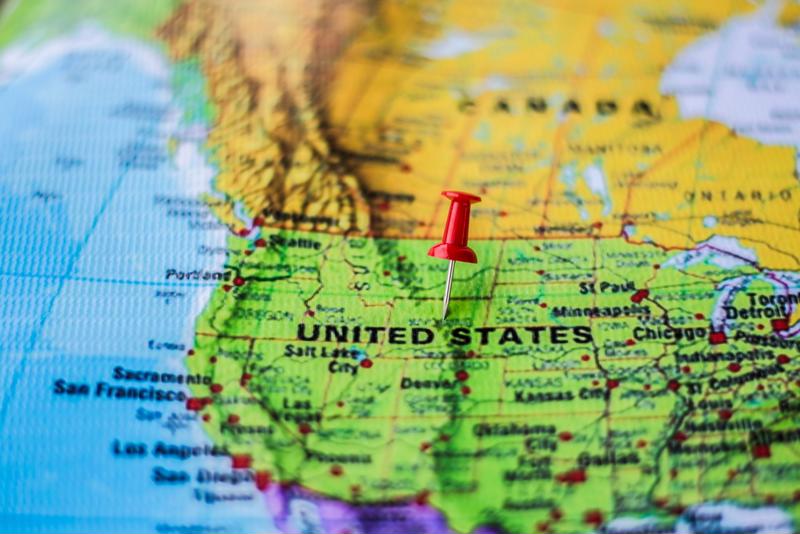Canada's recently elected liberal government is taking its first steps toward approving the Trans-Pacific Partnership (TPP).
While the government has not indicated that it will ratify the controversial free trade agreement, the decision to sign onto the deal is a tentative step toward doing so. However, Chrystia Freeland, Canada's international trade minister, made it clear that the government has yet to make a decision on ratification. Prime Minister Justin Trudeau's Liberal Party took a middle ground approach during the recent federal elections, emphasizing the importance of further reviewing the TPP before making any final decisions. The government remains cautious in its approach to the Pacific Rim free trade agreement, but is moving closer to approval than rejection with the decision to sign the deal at a Feb. 4 ceremony in New Zealand.
"Just as it is too soon to endorse the TPP, it is also too soon to close the door," Freeland wrote in an open letter.
"Trudeau's government is taking the next step toward ratification."
The path to ratification for Canda
Each of the 12 nations involved in the deal will have two years to ratify it, which gives Canada time to make a decision. Signing the agreement in February guarantees that Canada will hold onto its place in the agreement as it considered whether to ratify it. Prior to the 2015 election that made Trudeau prime minister, Stephen Harper, his predecessor and member of the Conservative party, agreed to the TPP in principle. Now Trudeau's liberal government is taking the next step toward ratification.
Canada is left with little choice but to strongly consider ratifying the TPP when two of the pact's other members are considered – Mexico and the U.S. If both of Canada's North American Free Trade Agreement (NAFTA) partners sign the deal, then regardless of Ottawa's ultimate decision, the country will experience significant changes regarding international trade. The existence of NAFTA puts pressure on Canada to ratify the Pacific Rim trade deal.
Ratification will require more than a signature. Parliament's input will be required to make that decision. A majority vote in the House of Commons is necessary to approve the TPP and officially adopt it as law. That decision, plus the Canadian public's own opinion, is far from set in stone and Freeland indicated as much in her letter.
"It is clear that many feel the TPP presents significant opportunities, while others have concerns," Freeland wrote. "Many Canadians still have not made up their minds and many more still have questions."
 Independent research indicates TPP could prove beneficial to the U.S.
Independent research indicates TPP could prove beneficial to the U.S. Though U.S. stands to benefit from TPP, ratification is not definite
Meanwhile, recent independent analysis from the Peterson Institute for International Economics indicates the Pacific Rim trade agreement could lift long-stagnant U.S. wages, according to The New York Times. The research also projects that exports will grow in the U.S., should Congress approve the deal. The report noted that while the U.S. stands to benefit the most from the agreement, other member countries such as Japan, Malaysia and Vietnam could also experience substantial growth if all 12 nations approve the TPP.
Still, just like Canada, there are no guarantees that the U.S. will approve the deal. While President Barack Obama supports it, he is entering the final year of his presidency and faces plenty of opposition regarding many of his policies. While House Speaker Paul Ryan, a Wisconsin Republican, supports free trade, he is taking a back seat to other members of his party on this decision, which means TPP could have a difficult path through Congress.